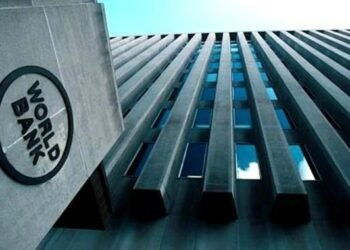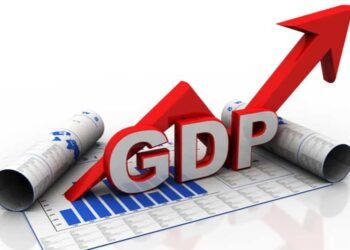The Producer Price Inflation (PPI) for October 2024 saw a significant increase, rising by 2.5 percentage points to reach 33.0%.
This marks a sharp uptick from the 30.5% recorded in September 2024. According to the Ghana Statistical Service, the month-on-month change between September and October was 3.0%, indicating rising cost pressures across key sectors.
The Industry sector, excluding construction, emerged as a primary driver of this inflationary spike. Inflation in this sector escalated from 43.3% in September to an alarming 48.8% in October 2024. Within this sector, the mining and quarrying sub-sector recorded the highest inflation rate of 54.3%, far exceeding the national average of 33.0%. The manufacturing sub-sector also saw noteworthy increases, with four of its 23 major groups recording inflation rates higher than the sector’s average of 22.7%.
The most pronounced inflation was observed in the manufacture of motor vehicles, trailers, and semi-trailers, which skyrocketed to 87.7%. The manufacture of basic metals followed closely, recording an inflation rate of 50.8%. These figures underscore the growing cost pressures in capital-intensive manufacturing activities.
Construction and Services Sectors
The construction sector experienced a moderate increase in inflation, rising to 31.5% in October from the previous month’s figure. Meanwhile, the services sector maintained a relatively stable inflation rate of 12.4%, indicating less volatility compared to industry-related activities.
In the services sector, sub-sectors such as transport and storage saw a slight rise in inflation, from 32.0% in September to 32.5% in October. However, the accommodation and food services sub-sector reported a decline, with its inflation rate dropping from 31.8% to 29.6%. Information and communication activities recorded an inflation rate of 8.0%, reflecting relative price stability in these areas.
The water supply, sewerage, and waste management sub-sector recorded the lowest inflation among all categories. Water collection, treatment, and supply posted an inflation rate of just 2.9%, while waste collection, treatment, and disposal activities recorded a slight increase to 7.2% from 7.0% in September.
These figures suggest that utility-related services have remained largely insulated from the broader inflationary pressures affecting other sectors.
Factors Driving the Inflationary Pressures
The rise in PPI can be attributed to several interconnected factors. First, global supply chain disruptions continue to exert upward pressure on input costs, particularly in manufacturing and mining. Additionally, currency depreciation has compounded cost challenges for import-reliant industries, inflating the prices of raw materials and finished goods.
Second, rising energy costs have significantly impacted production costs across industries, particularly those with high energy requirements like mining and manufacturing. The impact of these costs has been most evident in sectors such as basic metals and motor vehicle manufacturing, where energy forms a substantial component of total expenses.
Moreover, domestic policy challenges, including adjustments to taxes and tariffs, have further burdened businesses, contributing to the overall inflationary trend.
Implications for the Economy
The sustained rise in producer prices has far-reaching implications for Ghana’s economy. Higher PPI often translates into increased consumer prices as businesses pass on costs to end-users. This could exacerbate inflationary pressures in the coming months, potentially eroding purchasing power and impacting overall economic growth.
For the industrial sector, rising costs may deter investments and reduce profit margins, particularly for businesses operating with tight budgets. However, some sub-sectors, such as waste management and water supply, may find opportunities to maintain competitiveness due to their lower inflation rates.
To address these challenges, policymakers must adopt targeted interventions to stabilize producer prices. The government and the Bank of Ghana must address inflationary pressures strategically. Policies targeting supply chain efficiencies, energy cost reductions, and currency stabilization could help mitigate these increases.
Moreover, measures could include offering subsidies or tax reliefs to critical sectors like manufacturing and mining, which are pivotal to the country’s industrialization efforts. Additionally, strengthening the local currency and addressing energy cost volatility could provide relief to industries struggling with escalating expenses.
READ ALSO: CalBank Shines Amidst Market Volatility with 3% Gain























